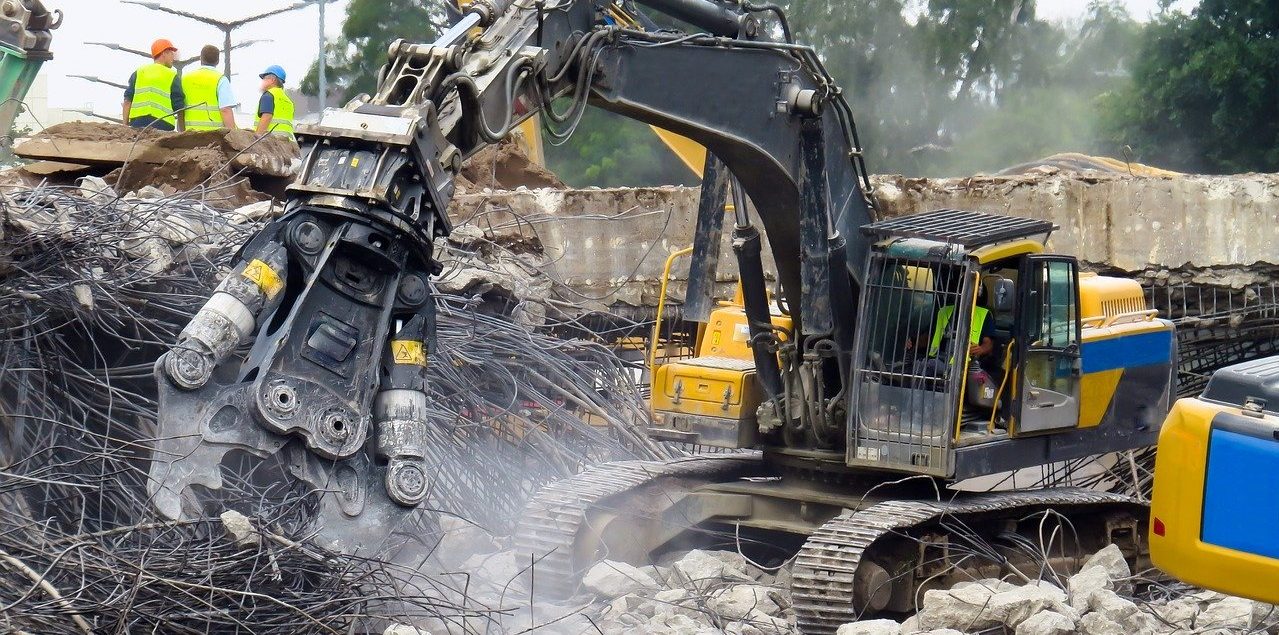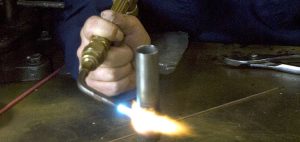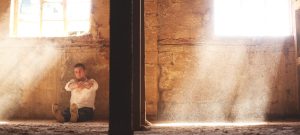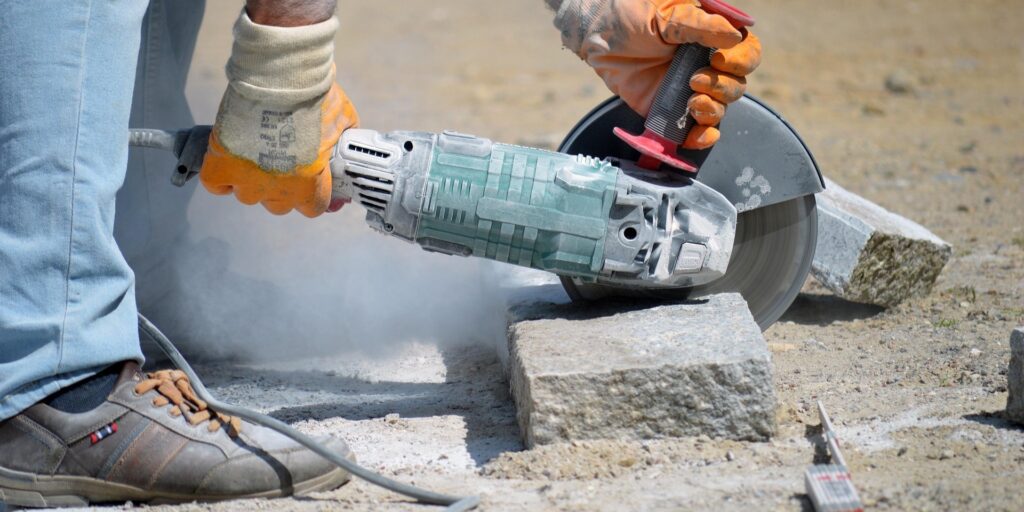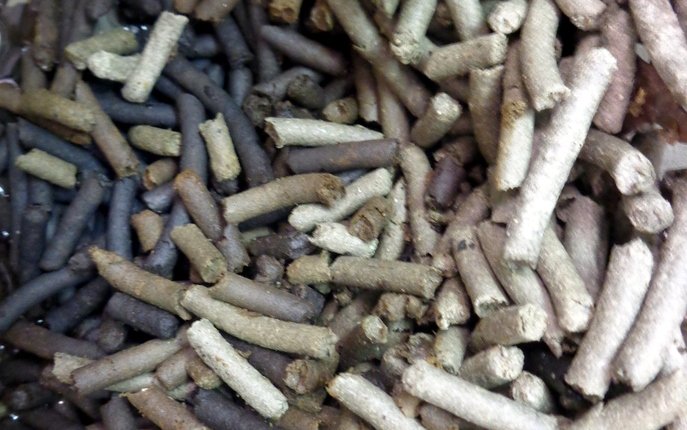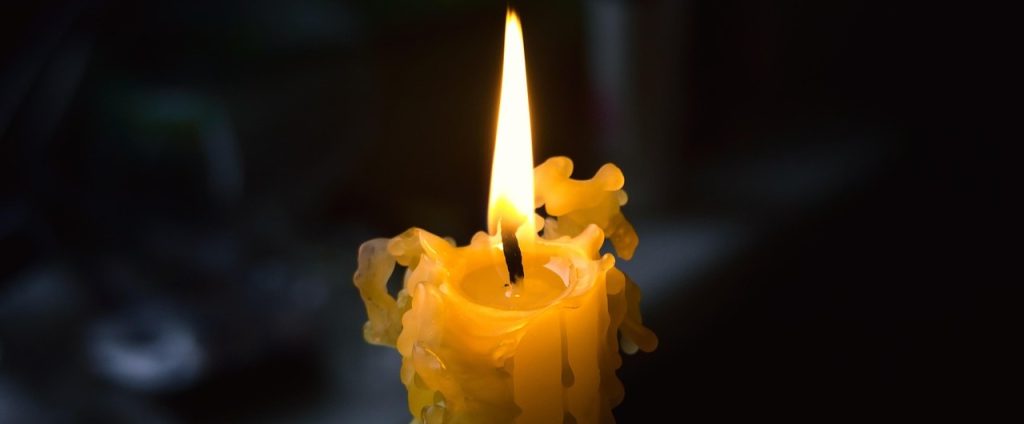 Silica or Silicon Dioxide is one of the most common minerals on the Earth. The most common forms of silica are quartz and Cristobalite. For example, sand is 90% pure Quartz, while Cristobalite is significantly less common and can be found in volcanic minerals. Many construction materials like plaster, concrete, gravel, and asphalt contain silica at concentrations between 5 and 10% by weight. Silica dust and especially its smallest, so-called respirable, fraction can be quite dangerous. If inhaled, it precipitates in the lungs and eventually can cause silicosis, the disease of miners and construction workers.
Silica or Silicon Dioxide is one of the most common minerals on the Earth. The most common forms of silica are quartz and Cristobalite. For example, sand is 90% pure Quartz, while Cristobalite is significantly less common and can be found in volcanic minerals. Many construction materials like plaster, concrete, gravel, and asphalt contain silica at concentrations between 5 and 10% by weight. Silica dust and especially its smallest, so-called respirable, fraction can be quite dangerous. If inhaled, it precipitates in the lungs and eventually can cause silicosis, the disease of miners and construction workers.
The test is recommended when:
- your property is contaminated with construction dust from a recent renovation.
- you see the abnormal level of dust coming from a nearby road or quarry
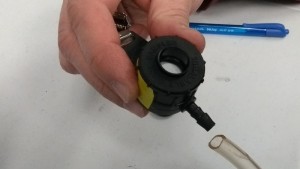 Laboratory test of your air samples. The testing procedure is based on a methodology developed by the National Institute of Occupational Safety and Health (NIOSH, USA) #7062. Our laboratory modified the method and boosted its sensitivity, so now we can detect as little as 2 μg of silica per m³ of air. The sampling procedure is quite straightforward and does not require previous training. Please check it here to make sure that you are comfortable with this DIY study. We recommend 24-hour sampling using the low-flow pumps to achieve the best sensitivity and reproducibility of the results.
Laboratory test of your air samples. The testing procedure is based on a methodology developed by the National Institute of Occupational Safety and Health (NIOSH, USA) #7062. Our laboratory modified the method and boosted its sensitivity, so now we can detect as little as 2 μg of silica per m³ of air. The sampling procedure is quite straightforward and does not require previous training. Please check it here to make sure that you are comfortable with this DIY study. We recommend 24-hour sampling using the low-flow pumps to achieve the best sensitivity and reproducibility of the results.
What is a safe limit of silica? There is very little known about the acceptable limits of the respirable crystalline silica in residential air. Several authorities offer slightly different guidelines:
- 100 μg/m³ Occupational exposure limit for respirable silica (Quartz) is industrial air (Ontario, 2020)
- 5 μg/m³ is the Ambient Air Quality Criteria (Ontario, 2012)
- 3 μg/m³
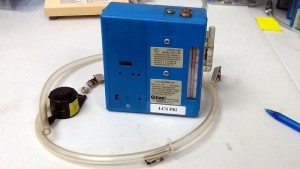 chronic exposure limit (e.g. everyday exposure, at home or outside) to respirable crystalline silica. The California Office of Environmental Health Hazard Assessment (OEHHA) (State of California 2005)
chronic exposure limit (e.g. everyday exposure, at home or outside) to respirable crystalline silica. The California Office of Environmental Health Hazard Assessment (OEHHA) (State of California 2005)
Understand your laboratory report. The laboratory report will show the concentration of Quartz and Cristobalite in the air of your house. Compare your results with available guidelines:
- If the result came below 3 μg/m³ or is not detectable, this is good news. The concentration of silica is safe.
- If the results are between 3 and 5 μg/m³, then the concentration of silica is at the acceptable limit. Nevertheless, the source of dust should be found and eliminated if possible.
- When the results exceed 5 μg/m³, the level of silica in your home is above the acceptable limit. Chronic exposure to silica dust may affect your health.
- If the concentration excess 100 μg/m³, the level of silica is dangerously high
We’d like to assist you with testing the quality of air in your house. Please email us if you have any questions or would like to order the DIY kit.

